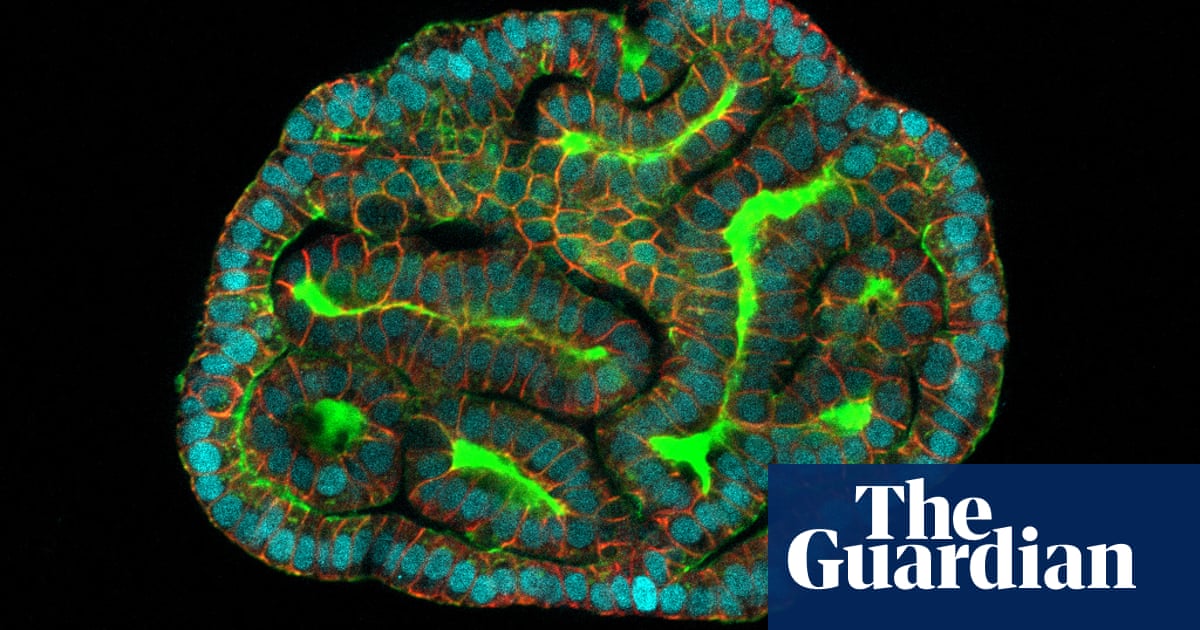Get the latest tech news
Scientists Are Inching Closer to Bringing Back the Woolly Mammoth
De-extinction startup Colossal Biosciences claims it has found a way to reprogram elephant cells, a technical breakthrough that could lead to the return of the long-lost mammals.
Yamanaka’s research was in mice cells, but later scientists followed up by deriving iPSCs for lots of different species, including humans, horses, pigs, cattle, monkeys, and the northern white rhino—a functionally extinct subspecies with only two individuals, both females, remaining in the wild. Since there is a relatively limited supply of elephant eggs and sperm, one problem facing the de-extinction project is getting enough genetic diversity to support a population of functional mammoths—develop them from too few individuals, and you risk the negative effects of inbreeding. The startup intends to introduce the elephant-mammoth hybrids into the wild to recreate the role once played by the mammoth in the Arctic ecosystem, grazing the land and trampling snow cover, potentially decelerating the melting of permafrost.
Or read this on Wired

